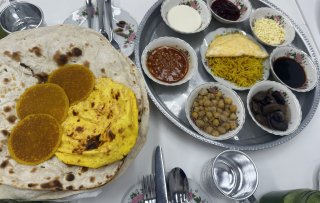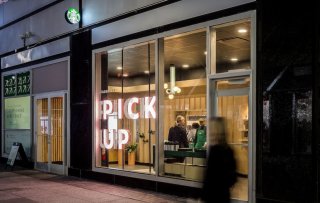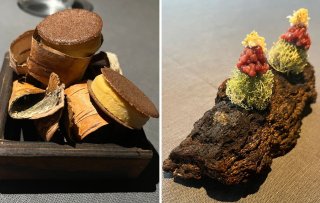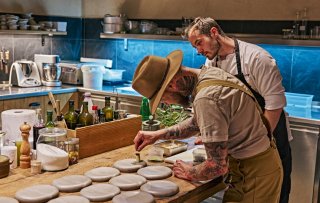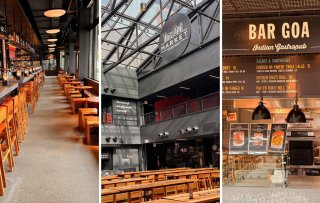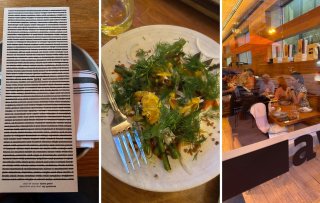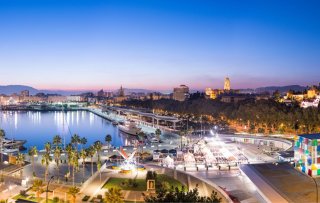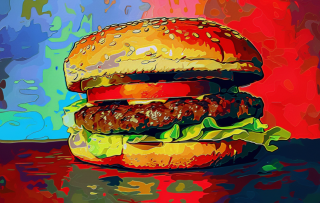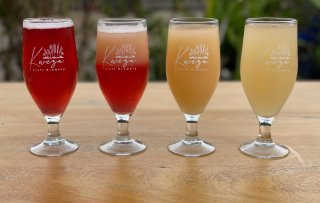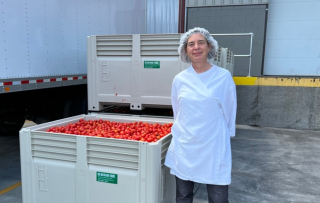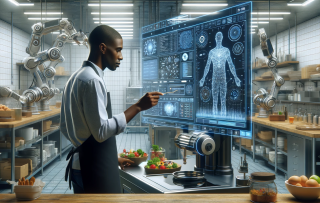Machine learning is the new Big Data. And Big Data was like teenagers and sex: everyone talked about it, but not a lot of people actually did it.
Machine learning has the potential to be revolutionary for hospitality entrepreneurs. For that to happen, however, the data needs to be good. And it needs to be used in the right way.
What is machine learning?
Basically, machine learning means computers that teach themselves. They combine data in a way that makes sense, without being pre programmed by people. Their self-taught ‘experience’ makes them more efficient. The biggest upside is these computers vastly outpace humans when it comes to things like pattern recognition in large datasets.
What are the most important pitfalls?
Until recently computers only worked when directly fed input from people. What you get out of them is only as good as what you put in. Machine learning requires computers to filter their own input from provided information, and learn from that data to reach new conclusions. This means the input is even more important.
Anyone that starts off with bad data and tries to make prediction or optimize workflow is in for a rough awakening. Making sure you have the right data is a massive challenge. Even behemoths like McDonald’s or Wendy’s have a hard time shaping their data, compartmentalizing it, and using it correctly. The data quality needs to be perfect, and getting there is an immensely complicated process.
For small businesses, machine learning isn’t really viable or useful at this point in time. Of course, it’s never a bad idea to stay updated on what the pioneering large corporations are doing. Machine learning is both new and complex, however. Companies like Google, Facebook and - perhaps - a few foodservice titans are the only ones able to afford the necessary talent that is able to apply machine learning to real world situations.
Supply management
Say a restaurant knows which dishes were top sellers in March for the last five years running. Based on that a computer can make predictions supply and demand for that period. But we can go much deeper.
When taking into account the weather over the same period the system becomes more accurate. Simply put: the restaurant has outdoor seating, and in the last five years March was a cold month. This year, however, the weather is looking up and March is looking to have warm days. A smart system not only combines the sales data from March, but also the sales data at a specific temperature and a specific amount of rain. Going even further, the algorithm can include holidays, christmas bonuses, tax rebates, etc.
Menu engineering
A learning machine is a good way to optimize menu engineering: subdividing the menu in dishes that sell well and have a decent profit margin (winners), dishes that sell poorly and don’t make you a lot of money (losers), dishes that are popular but don’t have the best profit margin (movers), and dishes that have a nice profit margin but aren’t popular (sleepers).
A successful entrepreneur takes all these factors into account. the movers go slightly up in price, the losers are taken off the menu, and winners get the most promotion. This will, however, result in a cascade of changes. If the biggest loser disappears there’ll be a new biggest loser. Maybe a trend is dying, or the number of vegetarian guests rises. Maybe there’s an influx of new people in the neighbourhood turning a mover into a loser. With machine learning, a smart system can constantly take these changes into account much better and faster than a person can.
 Written by
Written by 





